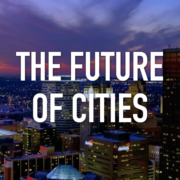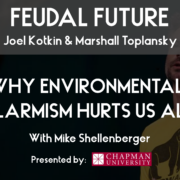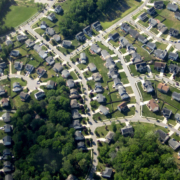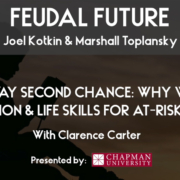Green Jim Crow
At the age of 17, I won our nation’s closest equivalent to a national lottery, with full scholarships to Harvard, and then Stanford Law. The daughter and granddaughter of steelworkers, I grew up in Pittsburg, California, a gritty industrial town on the outskirts of the San Francisco Bay Area, with a significant Latino and Black workforce.
My dad’s dad and three uncles were recruited by US Steel from the fields near Fresno, where they worked alongside other Mexican immigrants picking produce. All the dads I knew worked at one of the town’s factories, mostly in union jobs for the biggest manufacturers: US Steel, Johns Manville, and Union Carbide. We were an AFL-CIO family.
My dad’s job at US Steel allowed us to live in the “middle” class: he had a secure job with medical and pension benefits and paid vacations. My siblings and I attended parochial school (tuition for all three of us was $21.00 per month). I learned to sail in a city recreation class, cutting through the rainbow surface sheen created by wastewater from the industrial plants that lined the Sacramento River.
Winters brought an annual day trip to the Sierras, where we slid down snowy hills on inner tubes and big plastic saucers. Summers brought beach trips to Santa Cruz, where the salt air provided welcome relief from the coughing and itching that assaulted us as soon as we popped back over the hill to the acute summer smog in the Bay Area.
That California no longer exists.
Soon after I started work in 1984 as a newly minted environmental lawyer in San Francisco, my dad and the vast majority of his fellow workers were permanently laid off from US Steel. He was 56.
While I spent my days puzzling through how to apply the exponentially expanding federal and state environmental laws, regulations, and judicial opinions to California’s factories, my parents catapulted into economic insecurity just as my sister started college and my brother completed his welding apprenticeship.
Fortunately, my parents owned their home. But my father’s pension and retirement benefits had been pared to pennies by the company’s bankruptcy. He would spend the rest of his working career earning near-minimum wages as a hardware store clerk. My parents’ home, like homes owned by both sets of grandparents, created the wealth that sustained my parents and long-widowed grandmothers through illness, job losses, and aging. Owning a home isn’t just a place to live: it’s the American Dream, our nation’s most successful pathway for elevating working families to the middle class.
My dad’s US Steel factory, like so many others in California’s rust belt, fell to global competition. But that isn’t the entire story. During this period, California’s environmental regulators were also piling on demands that made California’s factories even less able to compete. A General Motors plant in Los Angeles, for example, made Firebirds — GM’s signature muscle car. Red paint, as it turned out, required more solvents to achieve the essential shiny finish. In the 1980s, air regulators effectively gave GM the choice of staying in business without red Firebirds or shutting down. GM shut down, and thousands of workers lost good jobs.
Read the rest of this study at: TheBreakthrough.org.
Jennifer Hernandez is a Breakthrough Fellow, Board Member, and a California lawyer practicing environmental, land use, and civil rights law. She has received numerous civil rights awards for her work on overcoming environmentalist opposition to housing and other projects needed and supported by minority communities.




 La Citta Vita, used under CC 2.0 License
La Citta Vita, used under CC 2.0 License



